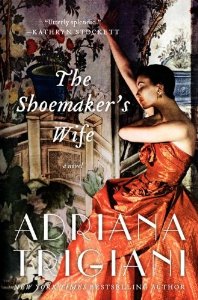In the confluence of events that is the reading life, the fate and experience of children is much on my mind this morning, and the thoughts are enhanced by feeling a particularly deep longing to stroke my grandson’s silky cheek and hear my son’s laughter.
 Today I’m reading The Baker’s Daughter, by Sarah McCoy, another in a long list of summer books (The Sandcastle Girls, The Chaperone, The Shoemaker’s Wife) that astound me with their perfectly expressed sense of time, place, and truth. Traveling between present day and Nazi Germany, McCoy invites us to reflect on the cost of what happens when good people do nothing, and when the cost to the individual finally becomes too high to bear.
Today I’m reading The Baker’s Daughter, by Sarah McCoy, another in a long list of summer books (The Sandcastle Girls, The Chaperone, The Shoemaker’s Wife) that astound me with their perfectly expressed sense of time, place, and truth. Traveling between present day and Nazi Germany, McCoy invites us to reflect on the cost of what happens when good people do nothing, and when the cost to the individual finally becomes too high to bear.
One of the young women in this novel is involved in the Lebensborn Program, established by Himmler in 1935 for widowed or unmarried women who had become pregnant through their association with SS officers. Seen as a way to expand the best attributes of the Aryan race, there were strict provisions for the mothers involved. As the Nazi eugenic program expanded, so did Lebensborn, until there were numerous “homes” throughout Germany, Norway, and Sweden. It is believed that the program evolved into a “breeding ground” for young women who were impregnated by SS officers and their children adopted out in an effort to ensure the future of the Aryan race.
Somehow, in all the reading I’ve done over the past 50 years, I’d never heard of this “program” before.
Or if I had, I had blocked it from my mind because the thought was so horrible to contemplate.
In McCoy’s novel, one of the infant children (a boy) is deemed “not quality,” and is taken away and ostensibly adopted out of the country. However, his mother later hears rumors that such “rejects” are actually poisoned and their bodies burned to eradicate any trace of an “imperfect” specimen.
I am still astonished at the cruelties human beings can perpetuate on one another in the name of misguided principle.
So I read this after spending some time talking this weekend with friends who are parents and teacher, people who are all concerned about the fate of children in 21st century American where the pressures to excel and achieve seem to outweigh the need for personal responsibility or the desire to live a decent life of simple happiness and ordinary human goodness.
And today I read this post (thanks to Beth Kephart, who always points me toward enlightenment of one sort or another) about a book (Teach Your Children Well: Parenting for Authentic Success, by Madeline Levine) that addresses this very subject, and a reviewer who has this to say:
“…the inconvenient truth remains that not every child can be shaped and accelerated into Harvard material. But all kids can have their spirits broken, depression induced and anxiety stoked by too much stress, too little downtime and too much attention given to external factors that make them look good to an audience of appraising eyes but leave them feeling rotten inside.”
We must learn to value our children, not simply as conduits to fulfill our personal dreams, commodities to ensure our future, or examples of a pure nationality, but as human beings with the universal and lifelong need to be loved and cherished and whose well being depends not on how much money they make but on how much satisfaction they attain from their work, their relationships, their self image, and their place in the world.
Now I wish I could go and hug my children, large and small.

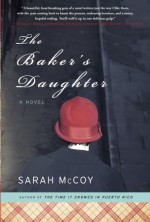
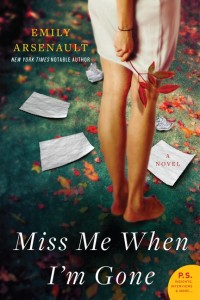
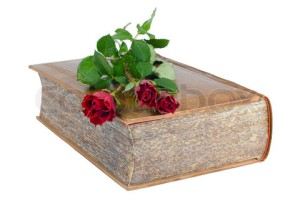
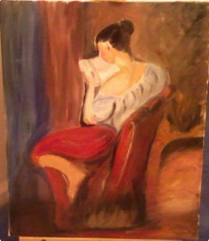 Simplicity.
Simplicity.
